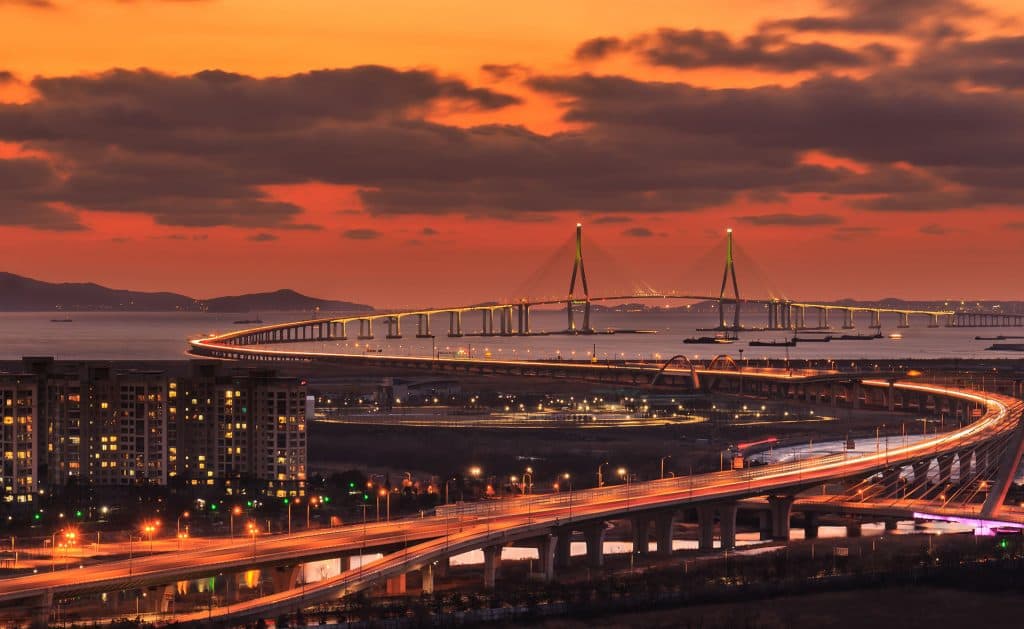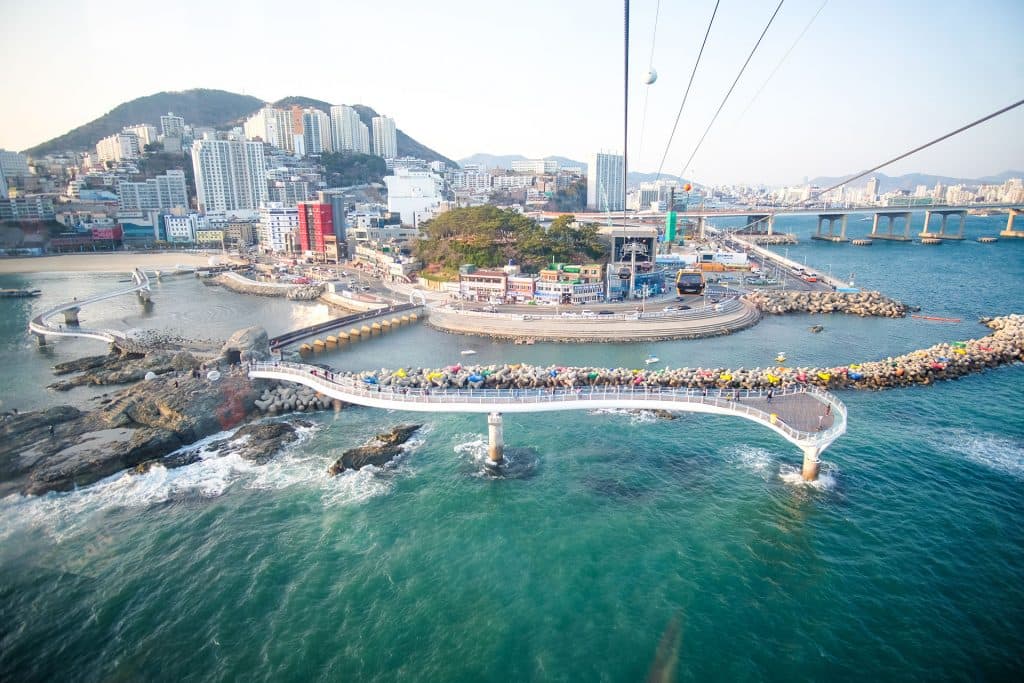
It ranks among the most ambitious urban projects of recent years.
It is a big bet by South Korea and the private investors who back it.
Most of all, the project – the Songdo International Business District (IBD) – is an experiment: the creation of a “smart city” whose focus on environmental sustainability aims to uphold a high standard of living for residents while keeping air pollution to an absolute minimum.
At a more glamourous level, it even hosts a golf course developed by Jack Nicklaus, a star of the sport.
Some 50 kilometres from the country’s capital, Seoul, the Songdo IBD is located in a larger urban area called Songdo City, which itself belongs to the Incheon Metropolitan City.
After an investment of $35 billion, 36,000 people live in the IBD and 90,000 in Songdo City, while more than 20,000 residential units are occupied or under construction, according to a dedicated website.
Efficient Transport
The IBD’s residential areas are built following a “mixed use” criterion so that people have offices, parks, hospitals and schools nearby. Buildings are a 12-minute walk from a bus stop or metro station, while bicycle paths run for 15 miles (25 kilometres) and connect to another 90-mile (145 kilometres)
network in the greater Songdo area. Along its canals ply water taxis.
«Songdo IBD is designed around the people who live and work there»,
reads the website.
Rail transport is at the heart of the IBD’s mobility, especially for
links with Seoul and other places in the surrounding region of Incheon.
Thanks to the Korean National Railroad and the Seoul Metropolitan Rapid Transit system, the IBD is also well-connected with the rest of the country.

The Need to be Green
The Songdo IBD’s developers made it as green as
possible by dedicating about 40% of its area to green spaces and parks,
ranging from those around buildings to a park inspired by Central Park
on Manhattan Island. The amounted of space reserved for green is about
double that of New York City.
Construction techniques were also deployed to protect the environment.
According to figures published on the website, about 100 buildings have
earned the U.S. Green Building Council’s LEED certification for
compliance with environmental energy criteria, the highest concentration
anywhere in the world.
The same care has been taken in water management, where
40% of what is used for domestic purposes is recycled by treatment
plants. Garbage is collected inside the buildings, “sucked” away through
pneumatic tubes to plants where it is used to produce electricity.
As a result, the Songdo IBD releases only a third of the harmful emissions of an average city of the same size.
A Model City in Need of People
The idea of creating a city from scratch that could become a model for urban development
was proposed by the South Korean government in 2000. It was entrusted
to a public-private consortium led by U.S. real estate developer Gale International, the Korean construction company POSCO E&C and the Incheon Metropolitan City, which administers the Incheon region.
It belongs to a broader plan to promote the Incheon Free Economic Zone, an area including Songdo and two other areas that would serve as business hub for the country and the region.
Construction began in 2001, when 500 tons of sand were transported to
the coast to prepare the embankments on which the foundations of the
city were built. Since then, the project has evolved, with new
construction sites opening in hopes of reaching the goal of 300,000 resident by 2022.
However, the vision behind the Songdo IBD sometimes collides with the
difficulty of turning it into reality. It was initially planned to be
completed in 2015, then the date was pushed back to 2018 and then again
to 2022. The number of residents is small compared with its potential.
Many offices and residential apartments remain empty. But the South
Korean government remains convinced it is simply a matter of time,
pointing to the steady growth in its population. The efficient
infrastructure connecting it to the surrounding region as well as the
Songdo IBD’s high quality of life should attract more people and
companies to take part in South Korea’s dream of a “smart city”.

